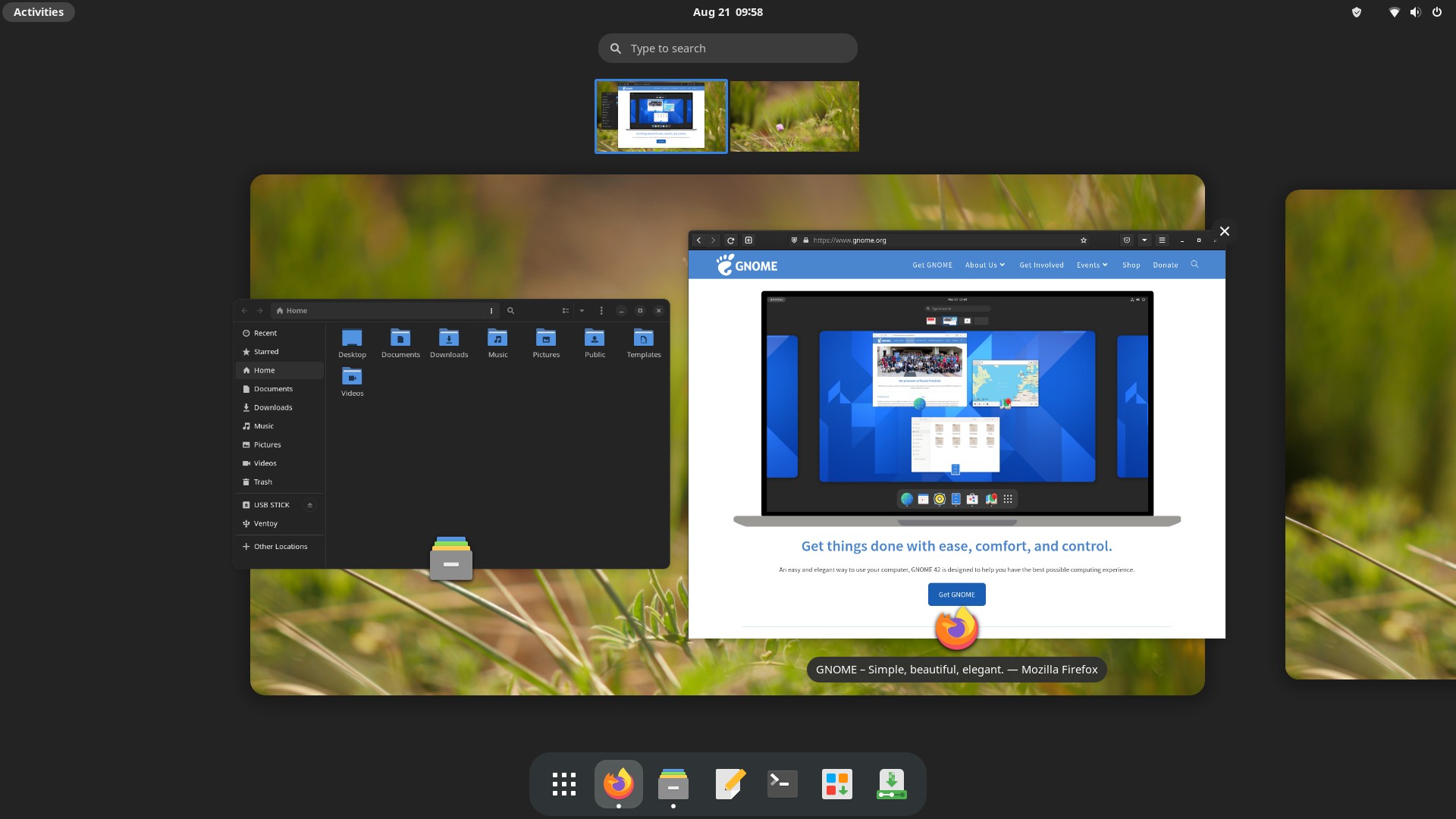Choosing a Linux Distro: Which Distro?
- Scott Tansowny
- Linux distributions
- August 20, 2024
Updated August 25, 2025
So, you have decided to install Linux on your desktop computer or server and need to choose a distribution or “distro”. Or maybe you’re already a Linux user and are just looking to try out something new. Either way, there are so many different Linux distros that the choice can be a daunting one, especially since each distribution has its own set of advantages and disadvantages. Here are some tips on selecting a distribution and some of my top picks.
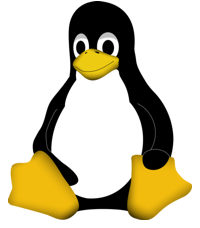
Table of Contents
Considerations
There are a few considerations you should think about when choosing a Linux distribution:
The look and feel of the distro
Do you like how the distro looks and the workflow it presents to you? This factor depends a lot on the DE (desktop environment) the distribution uses. You might want to take a look at “Choosing a Linux Distro: Which Desktop Environment?” to help with this.
The philosophy of the distribution and who is backing it
Do you prefer a more grassroots distro developed by the community or a distro with the financial and development backing of a corporation? Either one of these has its advantages. Often a community-based distribution will make choices based on what the user base wants whereas a corporate based distro will make choices on what is best for their business model. On the other hand, a corporate based distro can have more development resources behind it ensuring active development will continue. Check out my article, “Choosing a Linux Distro: Community-Based or Corporate-Backed?” to learn more about this.
Release cycle and update philosophy
Do you like a distro that stays the same and is reliable day in and day out like Debian or one that is constantly changing and providing all of the newest software and features like Arch Linux? Read “Choosing a Linux Distro: Rolling or Fixed?” to learn more about fixed vs rolling release distros.
My Top Choices
With hundreds of Linux distributions available to install, I have compiled some recommendations to help you with your choice. Whether you are just getting into Linux for the first time or are an experienced vet looking for something new, there should be an option for you on this list.
Debian

Origin: global
Date started: 1993
Based on: independent
Desktop environment(s): most available
Backed by: community
Release cycle: fixed release; two years
Support: 5 years
Homepage: https://www.debian.org
Difficulty level: intermediate
Debian is one of the oldest still developed Linux distros and is both widely used and widely trusted. You’ll find Debian on everything from servers around the world to computers on the International Space Station. One of the main reasons for Debian’s success and wide adoption in these applications is its stability.
Rock solid stable
Debian is extremely reliable because of the philosophy of the Debian developers; packages are patched for security and critical bugs but not upgraded for features until the next version comes out. What this means is that for the two or more years you are using one version of Debian, it will be very unlikely for your operating system to break or change. Each version has 5 years of updates so even when the new version comes out you can take your time upgrading, ensuring a stable, consistent experience.
Ancient packages
Because of Debian’s philosophy on stability, your software will stay on older versions and you won’t get the latest and greatest features; you’ll have to wait for the next major version for feature upgrades. While this can be mitigated with some other packaging formats such as Flatpak or Snap, packages like your desktop environment will be older. If you want the newest features as they come out Debian may not be the best option. As well, if you have brand new, just released hardware, the older Linux kernel on Debian may not support it making Debian not an option for you.
Easy-ish to use
Debian is not quite as simple to install and configure as some other distros on this list but, because of its stability, Debian is very easy to maintain once you have everything configured. Installing a new desktop environment is quite simple on Debian; when you are installing the distro, you simply choose the DE you want including Cinnamon, Gnome, LXQt, MATE, Plasma, Xfce, and more. Package availability is excellent on Debian with most software you will want available in the software repositories and other software available through Flatpak or Snap.
The universal operating system
Debian coins itself as “the universal operating system” and for good reason. Debian will run on almost anything; it makes a great operating system for very old hardware with old or obscure architectures, is one of the best server operating systems available, and works great on modern hardware.
Debian has some downsides but really is one of the very best Linux distributions available.
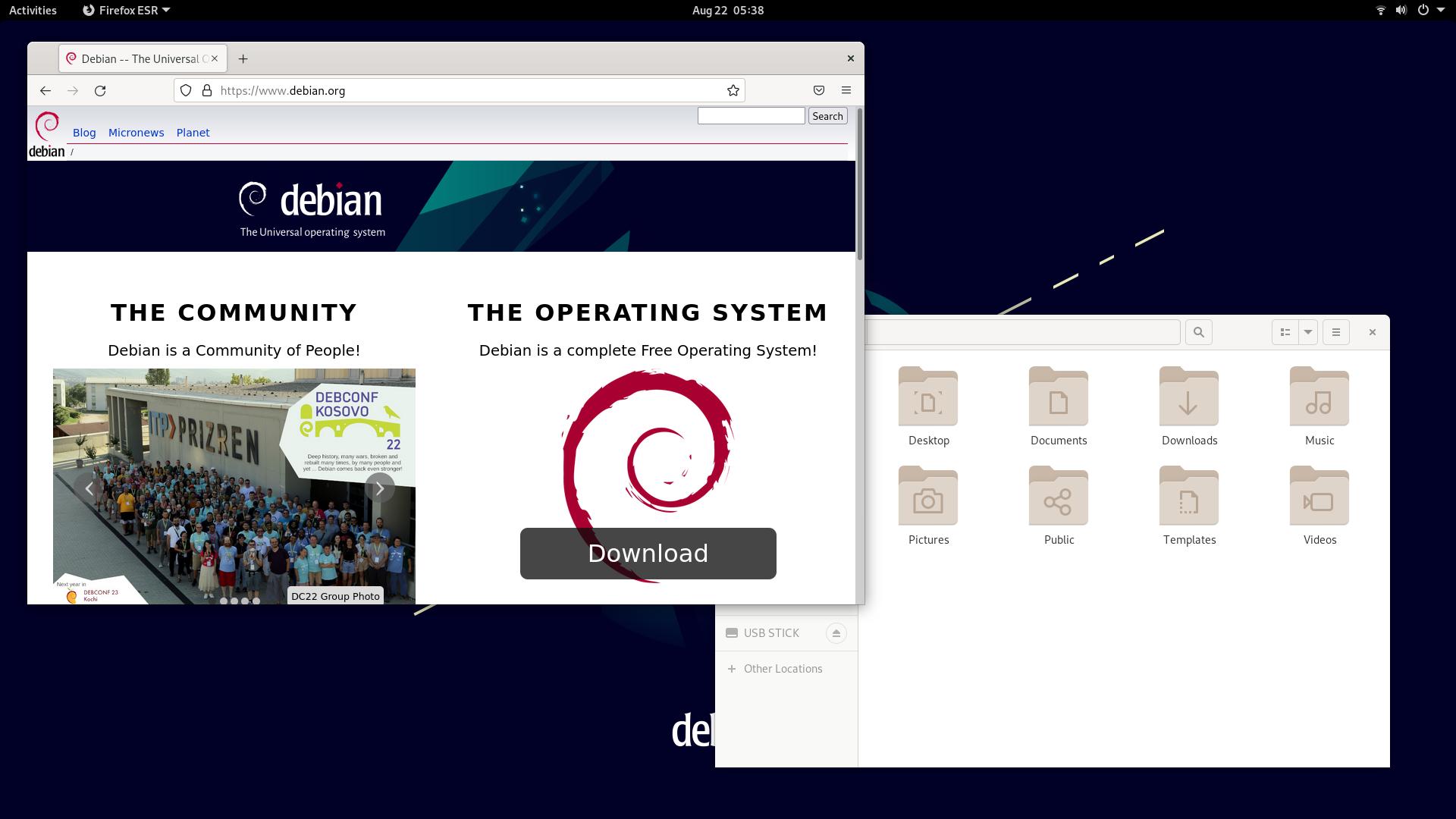
Pros
- Huge software repository
- Unmatched reliability and stability, making it great for desktop and servers
- Adaptable: can be installed on virtually any type of hardware and with any DE
Cons
- Older software versions
- May be a more difficult option for someone completely new to Linux
Ubuntu
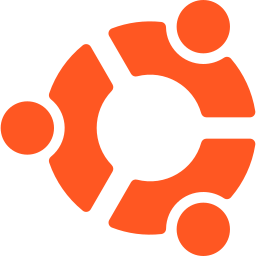
Origin: Isle of Man
Date started: 2004
Based on: Debian
Desktop environment(s): Gnome (flagship), most others through flavours
Backed by: large corporation (Canonical)
Release cycle: fixed release; 2 years (LTS version), 6 months (interim releases)
Support: 5 years (LTS versions), 9 months (interim releases)
Homepage: https://ubuntu.com
Difficulty level: beginner
Canonical, the corporation that develops Ubuntu, deserves a lot of credit for bringing Linux to the masses; many a Linux enthusiast started with Ubuntu including myself back in 2005. Ubuntu has always had a focus on being simple to use but still powerful.
Wrinkle-free
Ubuntu puts a lot of effort into a seamless user experience. The default desktop environment is a modified Gnome DE, it takes the powerful Gnome and makes it a bit easier to use and more intuitive with extensions that add features such as a panel and desktop icons. Ubuntu is also available in many other desktops through its flavours including Kubuntu (KDE), Xubuntu (Xfce), Ubuntu MATE (MATE), and others.
Stable or cutting edge?
A fairly unique feature of Ubuntu is that you have the choice of upgrading to their new point releases every 6 months to get newer software or you can stay on their LTS (long-term support) versions for more stability. Every two years Ubuntu releases an LTS version that is supported for 5 years (10 years with a free Ubuntu Pro account) giving you a very stable OS for desktop or servers similar to the Debian philosophy. Where Ubuntu differs, however, is they release a point release every 6 months that includes only 9 months of support but give you new packages and features. This means you can choose to stay on LTS if you want stability or move to the latest point release if you prefer new software. Ubuntu also addresses the issue with running a stable release on newer hardware with its Hardware Enablement allowing a newer kernel to be available on their stable LTS releases.
Corporate
Ubuntu is a distro that is supported by a corporation. Canonical develops Ubuntu and freely distributes it to users and businesses. They make their money selling support to businesses that use Ubuntu on their computers and servers. This means that the distribution is very likely to be actively developed for many years to come. This also means, however, that the decisions made by the developers will have the profits of the corporation in mind and may not always be what is best for the average user.
How could it be popular?
Ubuntu is the most popular Linux distribution which brings a few advantages. For one thing, online support is very easy to find since there are so many users and searching up a question you have online will probably yield some type of result. Another advantage to using a distro with this kind of popularity is software availability. With Ubuntu being as popular as it is, anybody making Linux compatible software will ensure that it runs well on Ubuntu.
There is a reason so many people run Ubuntu and you won’t go wrong if you choose this distribution.
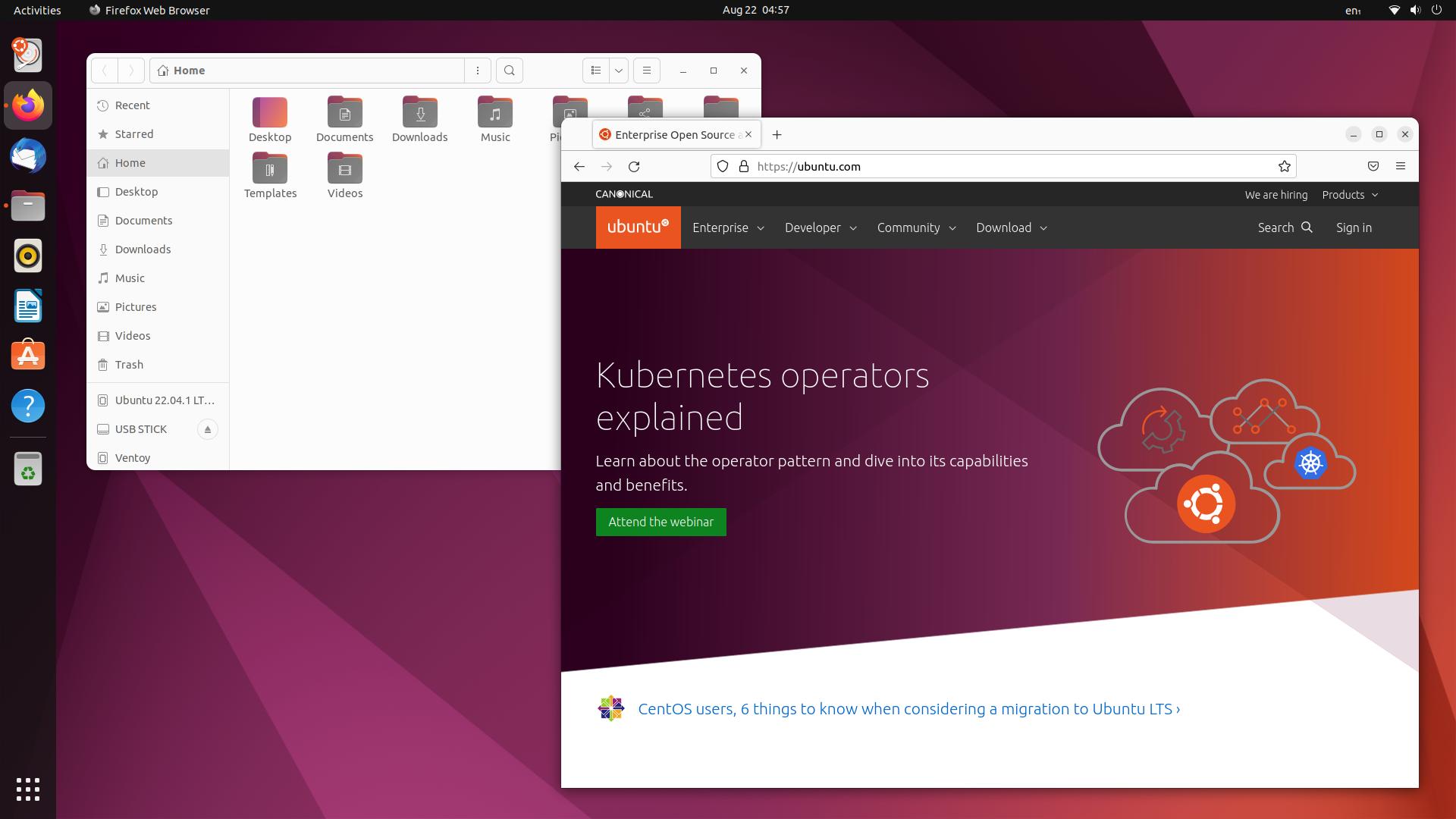
Pros
- Compatibility of software and hardware: if it’s available for Linux it’s probably available for Ubuntu
- Versatile with LTS and point release options
- Tons of help available online being the most popular Linux distro
- LTS is very stable making it a great choice for servers
Cons
- Tends to focus on and push technologies that benefit servers and their commercial interests instead of the community
- History of dropping technologies quickly as seen in products like Ubuntu Phone and Ubuntu One
Linux Mint

Origin: Ireland
Date started: 2006
Based on: Ubuntu LTS, Debian (LMDE version)
Desktop environment(s): Cinnamon (flagship), MATE, Xfce
Backed by: community
Release cycle: fixed release; 6 months
Support: 5 years
Homepage: https://www.linuxmint.com
Difficulty level: beginner
Linux Mint was originally made as Ubuntu “done right” by including multimedia codecs and support for proprietary software and drivers out-of-the-box. Over time it evolved to be a very different project than Ubuntu with different visions and philosophies.
Community, community, community
Mint is a community distro that has a reputation for really listening to their users, making changes that the community supports, and even reverting changes that the community doesn’t like. Whether it is something large like desktop functionality or even something as simple as the default icon selection, Linux Mint time and time again has shown that it cares about what the users want.
Look familiar to anyone?
The flagship edition uses the Cinnamon desktop, packing in a ton of features while still being very performant. Linux Mint also develops versions with the MATE and Xfce desktop environments which are lighter weight options for less overhead and older hardware. All three of Mint’s variants have a similar look and feel with a panel at the bottom, menu on the bottom left, and system tray on the bottom right that is going to be very familiar to anyone used to Windows. This tried and true setup makes for an easy transition for new users to Linux and is a logical setup for many Linux veterans.
It works!
Linux Mint really does “just work”. Software is easy to install, update, and manage; services like printing and Bluetooth just work out-of-the-box; and any administrative tasks can be done with graphical tools. Linux Mint gives the user a complete experience that works well with all of the tools the average user needs right out of the box.
Stability!
Linux Mint is a very stable distribution; it is based off of Ubuntu LTS or Debian (for the LMDE version) and brings the stability and reliability of those distributions with it. On top of that, the Timeshift utility is preinstalled and easy to configure to allow you to easily roll your system back to a previous state if something goes wrong. Linux Mint also includes an easy way to install upgrades to the new version seamlessly.
If you want a “just works” distro that you’ll pick up on right away, you can’t do a whole lot better than Linux Mint.
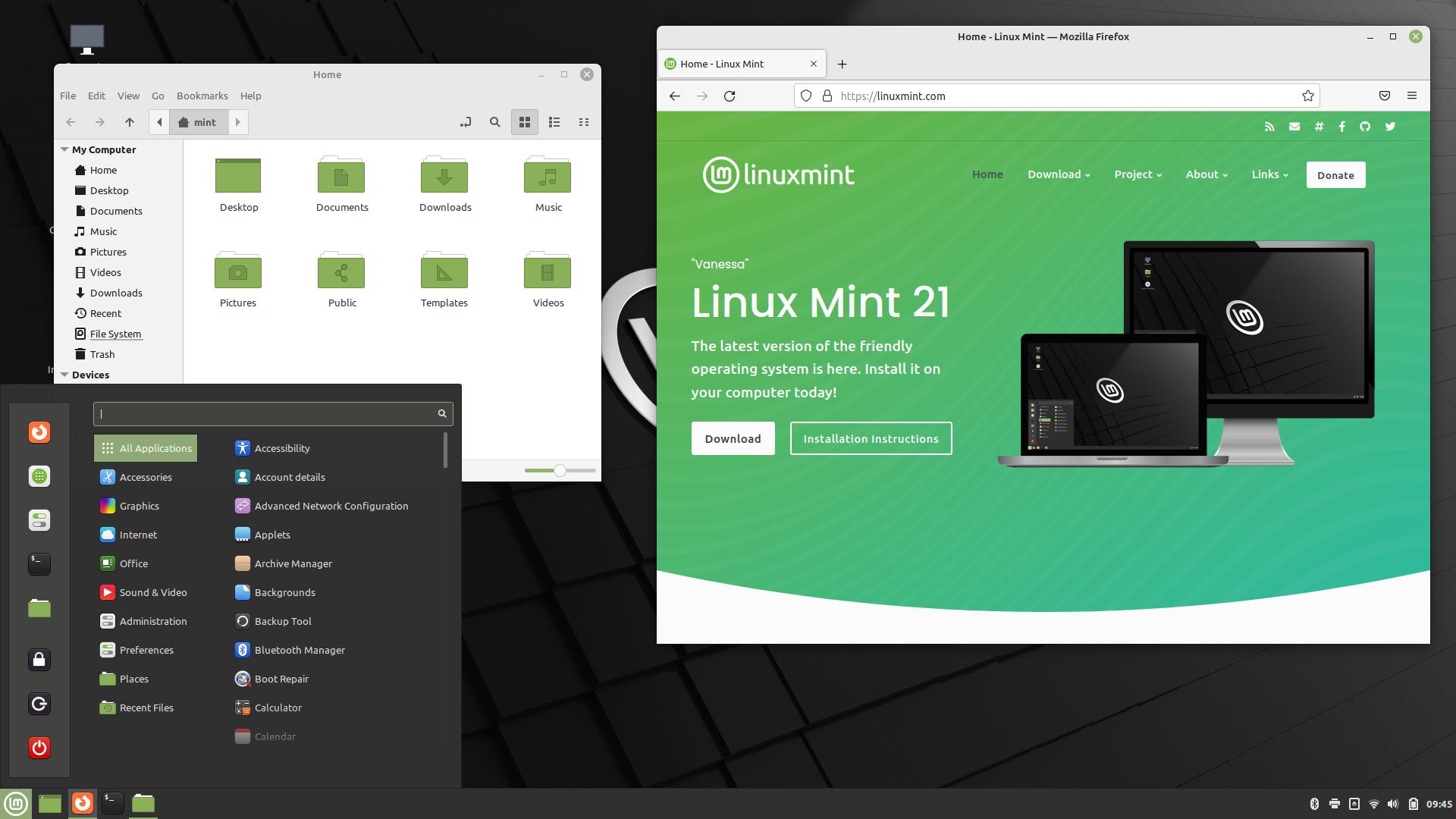
Pros
- It just works: stable and extremely easy to use
- If you’re coming from Windows, the default layout will be an easy transition
- Developers respond to feedback of community and shape distro accordingly
Cons
- Being based on LTS versions of Ubuntu, software versions are older
- Default configuration has a lot of software installed and services running
KDE neon

Origin: United Kingdom
Date started: 2016
Based on: Ubuntu LTS
Desktop environment(s): KDE Plasma
Backed by: community
Release cycle: semi-rolling
Support: semi-rolling
Homepage: https://neon.kde.org/
Difficulty level: beginner
KDE neon is a distribution developed by KDE, the organisation behind the Plasma Desktop, Kdenlive, Krita, and other great software.
Latest and greatest KDE, stable base
The approach for neon is an interesting one as it builds off of Ubuntu LTS but includes the newest KDE software in a rolling manner. What you end up with is stable base software with the latest features in your desktop environment and other KDE software. If a new version of KDE Plasma comes out, you’ll be the first one to get it but, unlike other rolling distributions, since the rest of the OS updates slowly, you will have a more stable experience.
No command line necessary
KDE neon can be used without ever needing the command line so it’s great for less experienced users giving you a graphical way to install software, update the system, and manage your settings. While this makes it a decent distro for inexperienced users, having the latest KDE releases right away makes the system a little bit more unpredictable and not as stable as an LTS distro like Ubuntu.
Plasma the way it was intended
KDE neon is developed by KDE meaning you get the Plasma desktop exactly the way the developers envisioned it. This gives you a very cohesive experience with all of the little details considered from the ground up. With this distro you get KDE the way it was intended; nothing more, nothing less.
If you want a stable system that still has the latest Plasma Desktop, neon is a no-brainer.
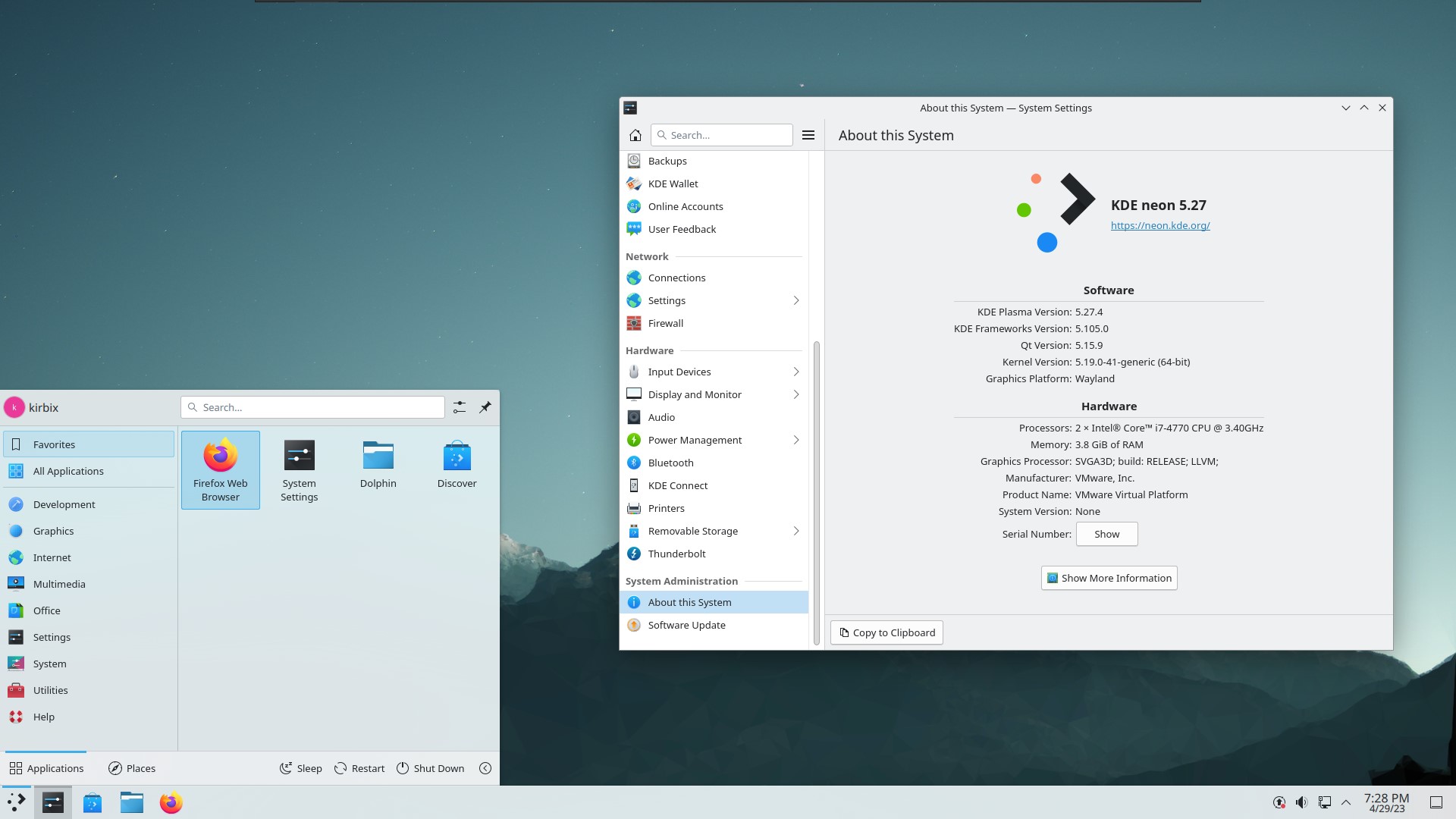
Pros
- Among the first distros to get the latest KDE software
- Rock-solid Ubuntu LTS base
- Gives you a Plasma Desktop the way the developers intend
Cons
- Being based on LTS versions of Ubuntu, non-KDE software versions are older
- Rolling KDE software can introduce bugs and changes to workflow
- Possible stability issues with running the latest and greatest KDE plasma
Arch Linux

Origin: Canada
Date started: 2002
Based on: independent
Desktop environment(s): most available
Backed by: community
Release cycle: rolling
Support: rolling
Homepage: https://archlinux.org
Difficulty level: expert
Arch Linux is a rolling release distribution that is not as easy to use as others but works well with its “keep it simple” philosophy.
Keep it simple, some assembly required
Arch Linux differs from most of the distros on this list with its “keep it simple” philosophy. This distro is by no means easy to install or maintain for an inexperienced user, but it allows the user to have full control and understanding of what is going on with their system. Right from the install this distro requires terminal commands and understanding of how Linux works (or a willingness to learn and work at it). The approach Arch uses means you get a distro that is exactly what you need and nothing more making it one of the most performant distros on this list while keeping things simple.
Latest and greatest packages
Arch is a perfect example of a rolling release distribution. As soon as a developer releases a new version of a piece of software, Arch Linux will be one of the first distros to get it. This means you get new features and bug fixes right away but also leads to more possibility of a bad update or a piece of software causing something to go wrong.
All software included
Arch has a huge library of up-to-date software in its repositories but it also gives you access to the Arch User Repository (AUR). The AUR is a collection of software recipes that come from the community allowing you to install almost any piece of software giving Arch possibly the largest software selection of any distro. The one downside to the AUR is that since it is all community submitted software recipes, there is no guarantee on quality or security so a beginner could get into trouble using software from this source.
Best-in-class documentation
While Arch can be harder to use, it has one of the most extensive sets of documentation available in the form of the ArchWiki. The ArchWiki is extremely thorough and has answers to most questions you will come up with. In fact, many people who don’t even use Arch Linux use its wiki since the information is often transferable to other distros.
If you want a distro that is fast, lean, proven, and you don’t mind some manual setup, go with Arch.

Pros
- Software is always up to date giving you the latest and greatest features
- You have full control in what software is installed making it an extremely lean system
- With a great wiki and a do-it-yourself style, you learn plenty about Linux
- Great software availability
Cons
- Being a rolling release, your system is more likely to run into issues that you need to fix
- Installation is not easy without some Linux knowledge and command line experience
CachyOS Linux

Origin: Germany
Date started: 2022
Based on: Arch Linux
Desktop environment(s): KDE Plasma (flagship), most available
Backed by: community
Release cycle: rolling
Support: rolling
Homepage: https://cachyos.org/
Difficulty level: intermediate
CachyOS is a distro based on Arch Linux that is focused on an easy installation and performance.
Arch simplified
CachyOS is another distro that makes Arch Linux easier to use. With an easy to use installer and a lot of configuration options, CachyOS makes it possible to run Arch without being a Linux expert. CachyOS includes tools to help tweak your system, set up snapshots, and install software.
Super customizability
Right from install CachyOS gives you a ton of freedom to customize. From the boot manager (including my favourite, rEFInd) to the desktop environment, to the packages installed, you get to choose a lot in the install. And it doesn’t end there, CachyOS stays out of your way to customize to your liking and remains very ‘unopinionated’.
Ultimate performance
This distro has a focus on performance and includes numerous tweaks to get the optimal performance from you computer eking out the most performance in many benchmarks of any Linux distro. CachyOS is also designed with gaming in mind. This means getting software like Lutris and Steam to work is very simple and optimized for your system. Graphics drivers are also a piece of cake to get working properly on this distribution.
If you want a top performing distro with the latest and greatest software or just want to use Arch Linux with an easier entry point and some useful administration tools, try CachyOS.
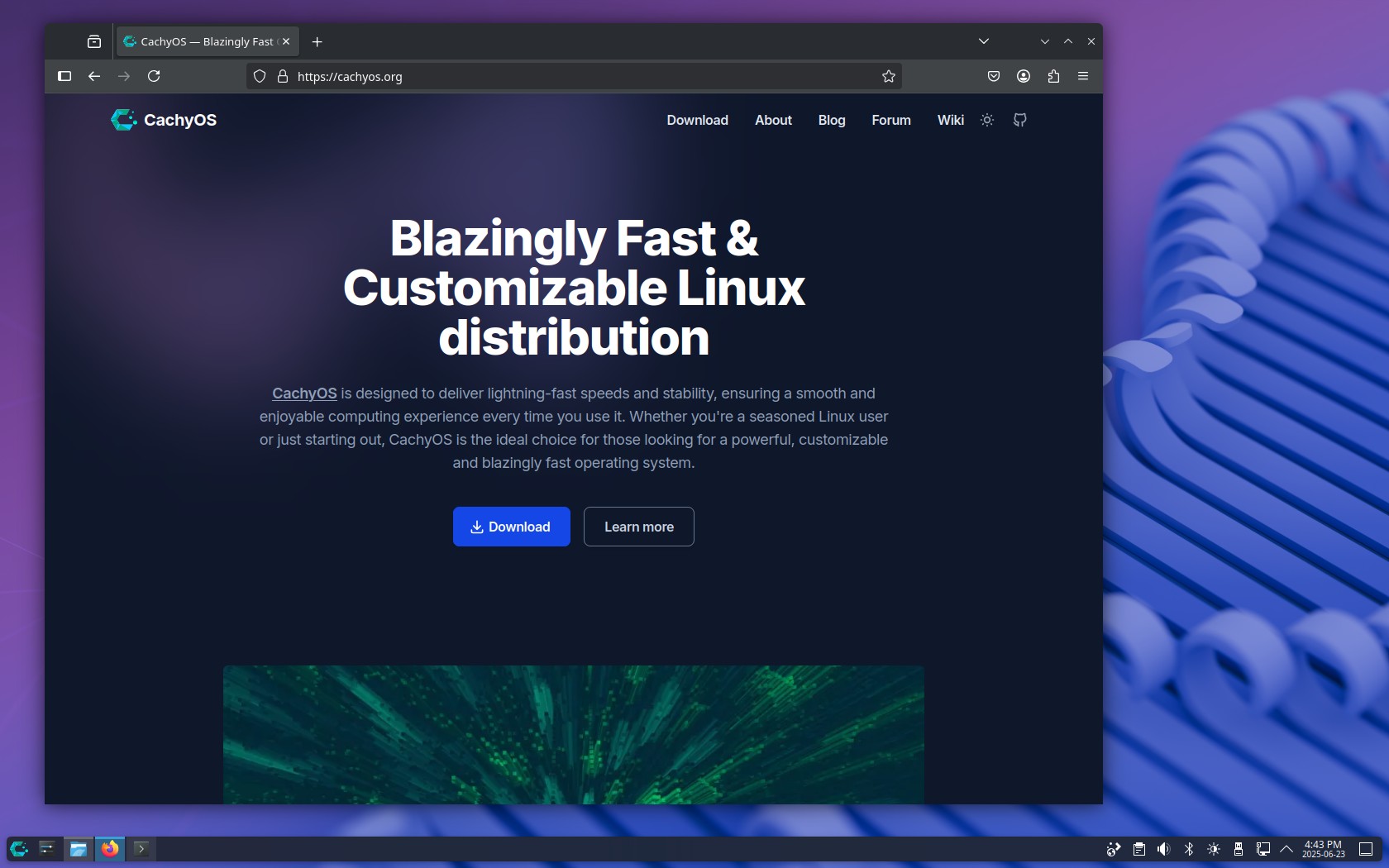
Pros
- Up to date packages and excellent software availability due to Arch Linux base
- Tweaked “out-of-the-box” to perform better on gaming and media
- Many useful tools to make tweaking your system easier
Cons
- Not as stable as fixed release options
- Newer distro so longevity is not yet proven
- Not as lean as just using Arch Linux
Garuda Linux

Origin: India
Date started: 2020
Based on: Arch Linux
Desktop environment(s): KDE Plasma
Backed by: community
Release cycle: rolling
Support: rolling
Homepage: https://garudalinux.org/
Difficulty level: intermediate
Garuda Linux is an Arch-based distribution that prioritizes beauty, ease of use, and performance. It takes the powerful foundation of Arch and wraps it in a stunning, pre-configured package with a suite of utilities that make system management a visual delight.
Arch, the easy way (and pretty too)
Garuda’s goal is to provide the bleeding-edge software and vast repository access of Arch Linux without the complex, command-line-driven installation and setup. It features a user-friendly graphical installer (Calamares) and a heavily customized, beautiful desktop theme right from the start. The flagship “Dragonized” edition with KDE Plasma is particularly renowned for its eye-catching looks.
A toolbox at your fingertips
Where Garuda truly shines is its incredible suite of GUI utilities, accessible through the “Garuda Welcome” app. These tools make it trivial to manage drivers, install gaming tools (Steam, Wine, Lutris), configure system snapshots (via Btrfs and Timeshift), and tweak the system performance—all without touching the command line.
Performance and recovery built-in
Garuda isn’t just about looks. It includes performance-enhancing tweaks like the Linux-zen kernel and is configured with Btrfs filesystem and snapshots by default. This means you can easily roll back your entire system if a rolling release update causes issues, giving you a safety net that vanilla Arch does not provide by default.
If you want the power and new software of Arch but desire a breathtaking, easy-to-use, and safety-conscious experience, Garuda Linux is a phenomenal choice.

Pros
- Makes Arch Linux accessible to intermediate users
- Arguably the best-looking default desktop of any distro
- Huge array of graphical tools for easy system management
- Btrfs snapshots enabled by default for easy rollbacks
Cons
- The visual flair uses more resources than a minimalist setup
- Being a younger project, its long-term sustainability is less proven than Arch itself
- The heavily themed appearance might not be to everyone’s taste
Fedora

Origin: United States
Date started: 2003
Based on: independent
Desktop environment(s): GNOME (default), others available as Spins
Backed by: corporation (Red Hat)
Release cycle: fixed release; approximately 6 months
Support: 13 months
Homepage: https://fedoraproject.org
Difficulty level: intermediate
Fedora strikes a unique balance between innovation and reliability. It’s where cutting-edge technologies often debut before making their way to other distributions. As the community-driven sibling to Red Hat Enterprise Linux, Fedora combines fresh software with a stable foundation.
Fresh but stable
Fedora delivers a sweet spot between bleeding-edge and reliability. You get recent kernel versions, updated desktop environments, and new software releases quickly after they’re available - typically within weeks. Yet unlike pure rolling releases, Fedora maintains a stable core that’s been thoroughly tested. Each release is supported for over a year, giving you time to plan upgrades.
Innovation showcase
Many Linux technologies debut in Fedora first. Systemd, PipeWire, Wayland - all these modern Linux components gained prominence through Fedora adoption. If you want to experience where Linux is heading while still having a reliable daily driver, Fedora delivers. It’s the perfect distro for developers and tech enthusiasts who want to stay current.
Corporate-backed community
Red Hat sponsors Fedora but the community drives development. This creates a powerful synergy: corporate resources ensure quality and longevity, while community involvement keeps the distribution focused on user needs. The result is a distro that’s both enterprise-ready and user-friendly.
Just works philosophy
Fedora Workstation with GNOME provides a polished out-of-box experience. Everything from media codecs to printer support works seamlessly after installation. The Software Center makes installing applications straightforward, and the DNF package manager is both powerful and efficient. For other desktop preferences, Fedora Spins offer official versions with KDE Plasma, Xfce, LXQt, and more.
If you want a distro that’s both innovative and dependable, with excellent developer tools and a commitment to open source values, Fedora deserves your attention.
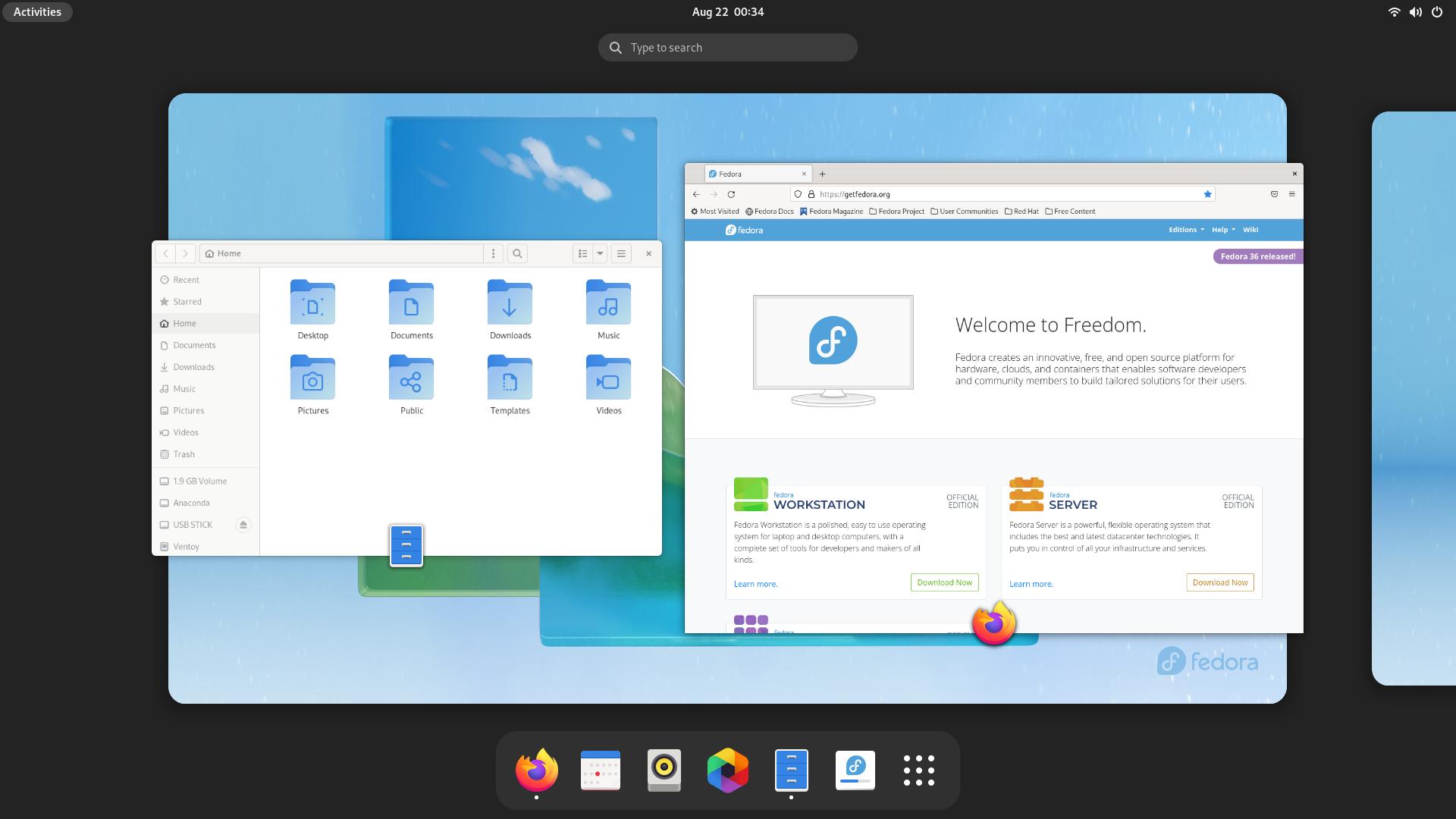
Pros
- Ideal balance of recent software and stability
- Excellent support for developers with latest tools and languages
- Strong commitment to open source principles
- Corporate-backed but community-driven model
Cons
- Shorter support cycle than LTS distros (13 months per release)
- Can be slightly more technical than beginner-focused distros
- Some proprietary drivers may require extra steps
Alpine Linux

Origin: Norway
Date started: 2005
Based on: Independent
Desktop environment(s): most available
Backed by: community
Release cycle: fixed release, 6 months
Support: 2 years
Homepage: https://www.alpinelinux.org/
Difficulty level: expert
Alpine Linux is a small, simple, and secure server distro. While it can also be used as a general purpose OS for a desktop, it is designed for server use.
The air’s light up here!
Alpine is engineered to be a small, efficient base to build off of making it an extremely lightweight and performant distribution. In fact, it’s the lightest distro on this list with an unbelievably small footprint. This distro runs fast.
Get your hands dirty
The small footprint of Alpine means you really need to configure a lot of stuff manually. Stuff that just works on server distributions like Debian and Ubuntu Server, requires a lot more setup and configuring on Alpine. As well, since Alpine uses a different init system than most distros, online tutorials and documentation that works with most Linux distributions may not apply to Alpine.
A fast, light, server
This distro has a more limited repository of software but works well with containerization software such as Podman or Docker making it a great choice for a light server, especially if you plan on using Docker or Podman containers. Why have the high overhead of a heavier distro when it’s not needed, in that case just use Alpine.
Desktop Linux?
While Alpine is designed as a server distro it can be set up as a super lightweight desktop distro as well with the ability to install most desktop environments. While more manual setup than a distribution geared as desktops, it does perform very well in that use case.
Mobile? postmarketOS!
Alpine is so light and versatile that it serves as the base for an excellent mobile distro, postmarketOS. For a deep dive into this pure-Linux mobile experience, see its dedicated section below.
If you’re looking for a distro for your home server, an extremely lightweight desktop OS, or a mobile phone OS alternative, Alpine Linux is definitely worth a look.
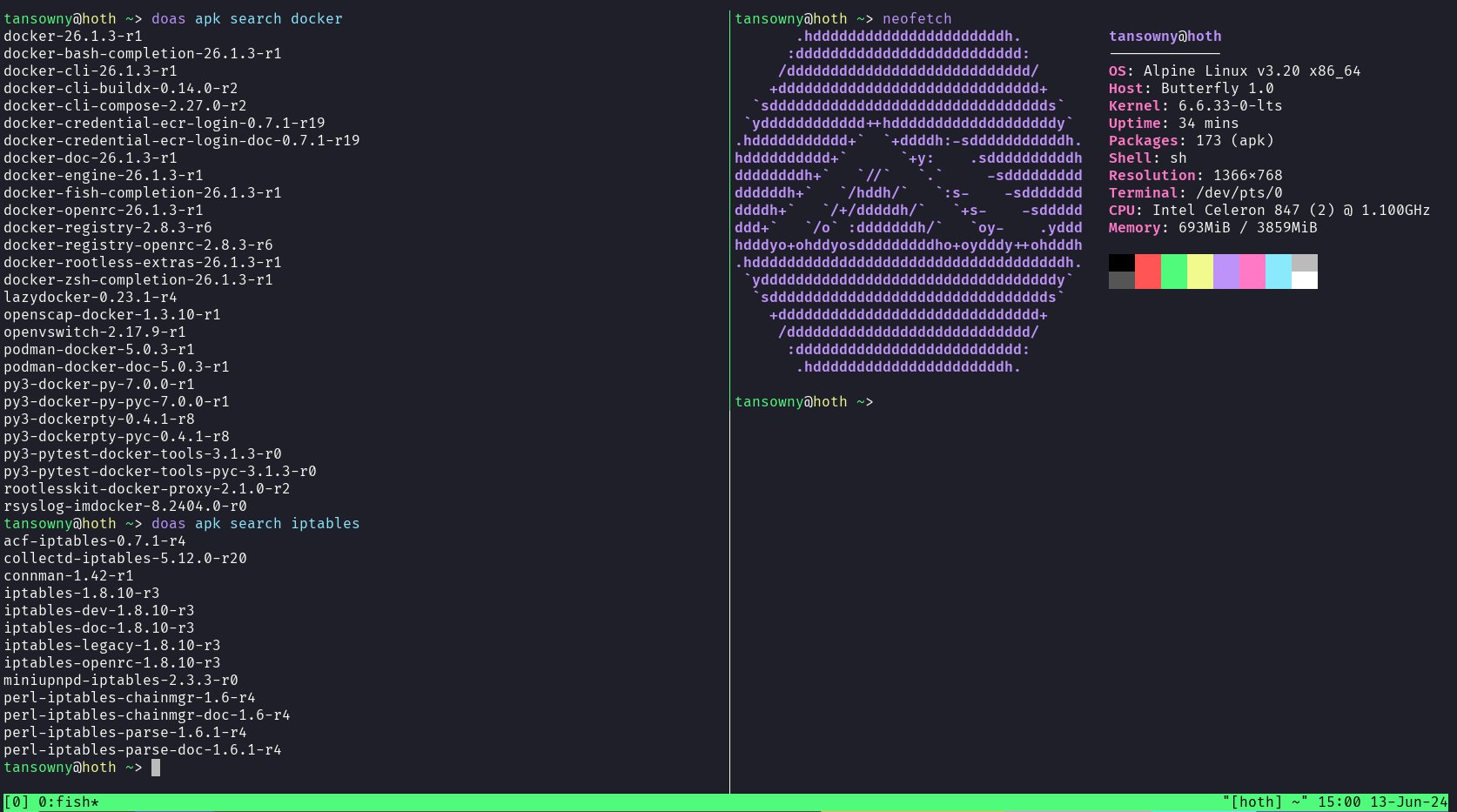
Pros
- Small, simple, and secure, only giving you what you need
- Well thought out package and service management
- Works well with popular server software such as Docker
- Versatile
Cons
- Not as much help/documentation available compared to more popular server distros
- Smaller repository of packages than distros such as Debian or Ubuntu
- More manual setup required
postmarketOS

Origin: Austria
Date started: 2017
Based on: Alpine Linux
Desktop environment(s): Plasma Mobile, Phosh, Sxmo, and more
Backed by: community
Release cycle: Semi-rolling (edge) and Fixed (releases every 6 months)
Support: Versioned releases supported until 1 month after next release
Homepage: https://postmarketos.org
Difficulty level: expert
postmarketOS is not just another Android fork; it’s an ambitious project to create a true Linux distribution for mobile devices. By leveraging the ultra-lightweight Alpine Linux as its base, it aims to provide a decade-long life cycle for smartphones, transforming them from disposable gadgets into long-lasting, repairable computers.
A real Linux phone
Forget Android compatibility layers; postmarketOS runs genuine Linux mainline kernels where possible and userspace software. This means you can use standard Linux package managers to install thousands of command-line and GUI applications from the Alpine repositories. It’s the ultimate choice for Linux purists who want a pocket-sized computer.
Choose your own interface
Unlike monolithic mobile OSes, postmarketOS offers a choice of mature, Linux-based mobile interfaces like GNOME’s Phosh and KDE’s Plasma Mobile. You can even opt for minimalist tiling window managers like Sxmo. This flexibility allows you to tailor the phone’s workflow to your exact preferences, something unheard of in mainstream mobile systems.
Release Philosophy: Stable or Cutting-Edge?
postmarketOS offers two channels. The edge channel is a rolling release, providing the latest software and features directly from the development branch. The versioned releases (e.g., v25.06) are snapshots of edge that receive backported security and bug fixes, offering a more stable and tested experience [citation:2][citation:7]. These versioned releases are supported until one month after the subsequent release [citation:7].
Breathing new life into old hardware
A core mission of postmarketOS is sustainability. The project supports a vast array of devices, many of which are no longer supported by their manufacturers. If you have an old phone gathering in a drawer, chances are postmarketOS can give it a new, secure, and functional lease on life, keeping it out of a landfill.
The trade-off
The power and philosophy come with a trade-off: app compatibility. You won’t be running popular Android apps here without significant effort (e.g., Waydroid). postmarketOS is ideal for users who primarily rely on web apps, Linux-native software (e.g., Firefox, Telegram), and terminal utilities. It’s a platform for tinkerers, privacy advocates, and those who want to truly own their device.
If you envision your phone as a full-fledged, open, and repairable Linux computer, postmarketOS is the most compelling project making that a reality.

Pros
- True Linux distribution for phones, offering unparalleled customization and control
- Promotes sustainability by supporting old devices for years longer than manufacturers
- Strong focus on user privacy and security
- Active and passionate community driving innovation
- Choice between rolling release (edge) for latest features or stable releases for reliability
Cons
- Limited to no support for Android apps, which may be a deal-breaker for many
- Hardware functionality (e.g., calls, SMS, camera) can be incomplete depending on the device
- Requires a higher technical aptitude and a willingness to tinker
- Device support, while vast, is not universal
/e/OS

Origin: France
Date started: 2018
Based on: LineageOS, Android
Desktop environment(s): Bliss, other launchers available
Backed by: small corporation (Murena)
Release cycle: semi-rolling
Support: semi-rolling
Homepage: https://e.foundation/
Difficulty level: intermediate
/e/OS is different from the rest of the distributions on this list as it is developed for mobile phones and tablets. /e/OS is forked off of LineageOS which is a fork of Google’s Android operating system.
Less big tech, more privacy
/e/OS aims to provide a deGoogled experience by removing all Google services and provides privacy by removing and blocking trackers and bad acting apps from your phone. This mobile distro really helps to remove big tech and trackers from one of your most personal devices.
Run Android apps
/e/OS works hard at making sure Android apps work and in most cases your apps will work without issues. While some apps may have issues the vast majority do not. Being able to run Android apps is a huge plus because more and more services we use day to day require an Android or iOS app.
Hardware compatibility
While not all phones and tablets are supported, quite a lot are. Make sure you check the /e/OS wiki to ensure any device you plan to use /e/OS with is supported. The good news is that many older devices that are not supported by Google any longer are still supported allowing you to safely use an older device and keep it out of the landfill.
If you want improved privacy, security, and support for your mobile device, take a look at /e/OS.

Pros
- Much better privacy and support than other mobile operating systems like Android and iOS
- Great customizability
Cons
- Not every Android app will run
- Not all devices are supported
Top Picks for Specific Users and Use Cases
For quick reference I have included my top picks for different categories of users and use cases with a deep dive into each distro below.
Beginners
If you are a beginner and want a hassle-free distro that will “just work” out of the box with minimal configuration required, these are my top picks:
- KDE neon — Latest Plasma desktop on a stable base – great for customization without complexity
- Linux Mint — Perfect for Windows converts
- Ubuntu — Most documentation and support resources
Intermediate users
If you have used Linux before or are tech savvy and want a little bit more from your distro, these are my picks for you:
- CachyOS — High-performance Arch variant for gaming/workstations
- Debian — The universal OS for those who value stability
- Fedora — Excellent balance of innovation and reliability
- Garuda Linux — High-performance, visually stunning Arch variant with excellent tools
Experts
If you know Linux and are ready for more of a challenge or you have the time to spend on really learning something new, these distros would be fantastic options:
- Alpine Linux — Ultimate lightweight customization
- Arch Linux — Complete control and bleeding-edge packages
Stability
If you want a distro that does not change a lot and is just rock-solid stable these are my recommendations:
- Debian — proven server/desktop reliability
- Linux Mint — polished desktop experience
- Ubuntu LTS — enterprise-grade with long support
Latest and greatest software
If you want the latest software as quick as possible my top choices would be these:
- Arch Linux — true rolling release
- CachyOS — optimized Arch variant
- KDE neon — fastest Plasma updates
- Fedora — leading-edge technologies
- Garuda Linux — optimized Arch variant with cutting-edge software
Servers
If you need an operating system for a home server try one of these:
- Alpine Linux — lightweight container host
- Debian — proven universal server OS
- Ubuntu LTS — extensive cloud support
Mobile phones and tablets
If you are looking for an alternative OS for your phone or tablet you can’t go wrong with either of these:
- /e/OS — privacy-focused Android alternative
- postmarketOS — Linux purist mobile experience
Whichever distribution you choose, it’s important to remember that Linux is very powerful and very customizable so you can take any of these distros and adjust them to your needs. Your best bet is to try some of these options out, experiment, learn, and most importantly have fun!

